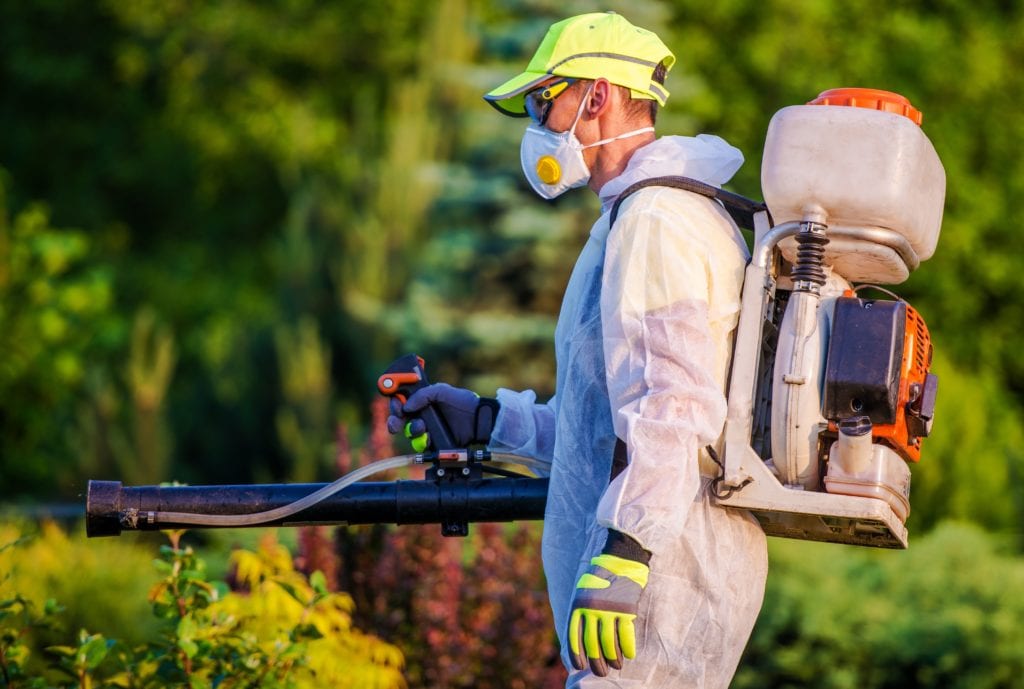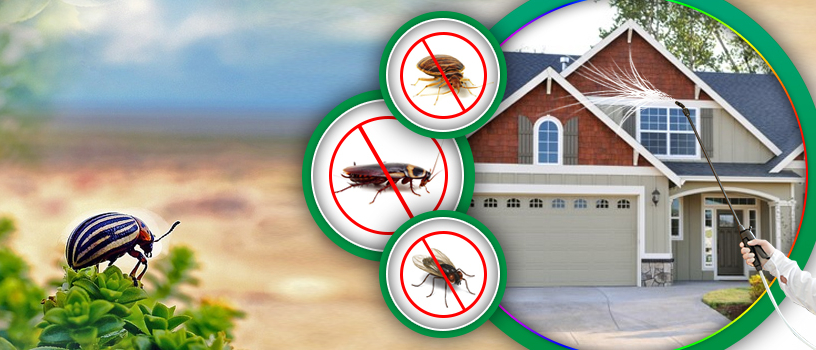Dependable Pest Control Washington DC: Safeguard Your Home and Service!
Dependable Pest Control Washington DC: Safeguard Your Home and Service!
Blog Article
Specialist Bug Control Techniques for Long-Term Outcomes
Specialist parasite control strategies envelop a thorough technique that starts with a comprehensive examination and assessment, complied with by precise bug recognition to recognize their habits patterns. The execution of Integrated Parasite Administration (IPM) principles, paired with eco-conscious treatments, develops the cornerstone of sustainable insect elimination.
Evaluation and Analysis
Upon going into a property for bug control services, the first step is a complete evaluation and assessment to identify the level of the invasion and figure out one of the most reliable treatment strategy. Specialist pest control professionals are trained to meticulously take a look at the facilities, looking for indications of parasite task such as droppings, munch marks, nests, or any architectural damages. They will certainly also analyze the conditions that might be attracting insects, such as food resources, water leakages, or entry factors.

Parasite Identification and Habits

Furthermore, recognizing the habits of the identified insect is essential to applying effective control steps. For circumstances, knowing where insects nest, what they eat, and their task patterns can help pest control specialists develop approaches to eliminate them efficiently. Some pests may be nighttime, while others are more energetic during the day. This knowledge enables the application of therapies at ideal times for maximum efficiency.
Integrated Pest Management (IPM)
Integrated Parasite Administration (IPM) methods combine numerous techniques to regulate and avoid parasite infestations in a lasting and environmentally friendly way. pest control. By integrating approaches such as biological control, environment control, alteration of cultural practices, and the use of resistant selections, IPM aims to lessen using chemical pesticides
One of the key concepts of IPM is the emphasis on avoidance. This positive approach involves monitoring bug populaces consistently to spot any kind of prospective issues prior to they escalate. By determining parasite issues at an early stage, pest control actions can be carried out swiftly and effectively.
Furthermore, IPM promotes making use of non-toxic insect control methods whenever possible. This can include utilizing natural predators of the pests, presenting useful pests, or utilizing pheromones to interrupt mating patterns. By minimizing dependence on chemical pesticides, IPM not only protects the setting yet also assists preserve an equilibrium in the ecosystem.
Environmentally-Friendly Therapies
Executing eco-conscious techniques in bug control treatments can properly resolve infestations while prioritizing environmental sustainability. Environmentally-friendly treatments focus on lessening the effect of pest control approaches on ecological communities, non-target my pest control microorganisms, and human health. These techniques typically involve making use of natural predators, such as ladybugs or nematodes, to manage pest populations, reducing the requirement for chemical interventions. Additionally, methods like habitat manipulation, such as changing wetness degrees or getting rid of food resources, can aid deter insects without the usage of unsafe substances.
An additional key facet of environmentally-friendly therapies is using natural and biodegradable items that break down swiftly without leaving dangerous residues in the environment. Agricultural insecticides stemmed from plants like chrysanthemums or neem use reliable pest control while posturing minimal danger to non-target species. Additionally, employing approaches like warm treatments or pheromone catches can target specific parasites with precision, minimizing the general environmental impact of insect control methods.
Continuous Tracking and Upkeep
Routine evaluations by qualified professionals are required to determine any type of signs of bug activity, assess the performance of previous therapies, and make adjustments to the bug control plan as required. By checking bug populations over time, bug control specialists can track patterns, anticipate local pest control services prospective problems, and apply preventive measures to minimize the danger of future invasions.
In addition to tracking, maintenance techniques are important for lasting parasite control success. This consists of carrying out correct cleanliness procedures to remove possible food and water resources for bugs, sealing off access indicate protect against parasites from entering the facilities, and addressing any kind of structural concerns that could help with insect infestations (pest control). By integrating ongoing surveillance and maintenance into an integrated parasite monitoring approach, businesses can make certain a pest-free setting and guard their home against pricey damage and health and wellness risks
Verdict
In conclusion, making use of professional pest control techniques such as extensive examination and analysis, accurate bug recognition and understanding of their behavior, incorporated insect monitoring methods, environmentally-friendly treatments, and recurring monitoring and maintenance are crucial for attaining lasting cause bug control. By implementing these methods, people can properly manage pest invasions and keep a pest-free atmosphere in a here are the findings sustainable fashion.
Report this page